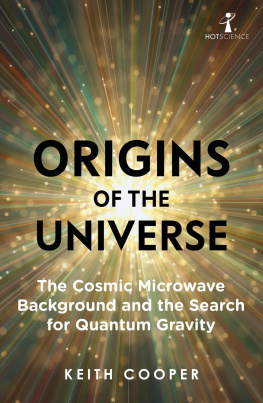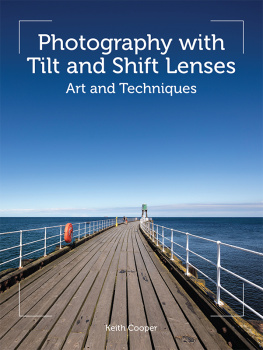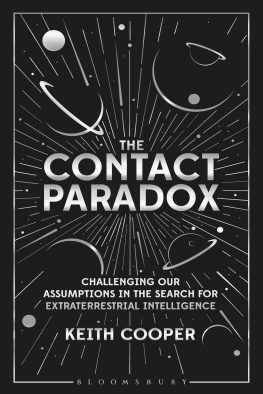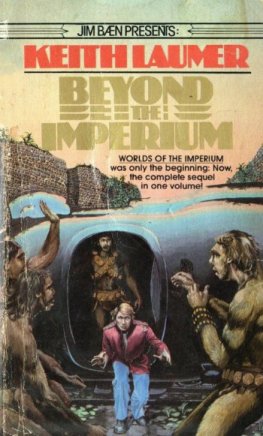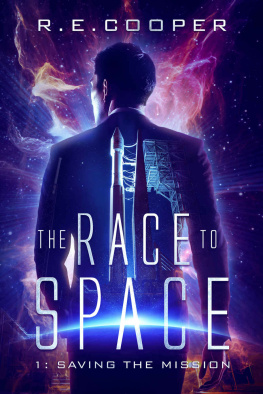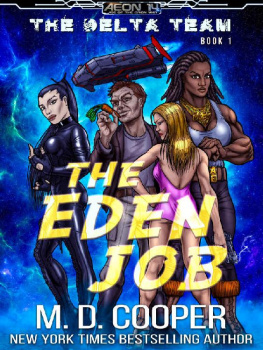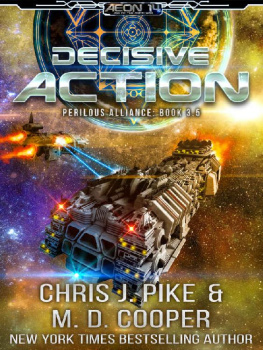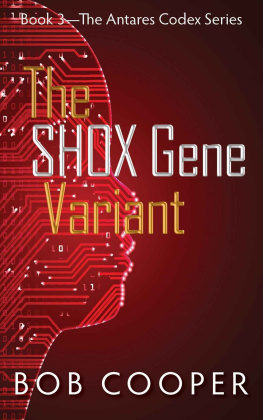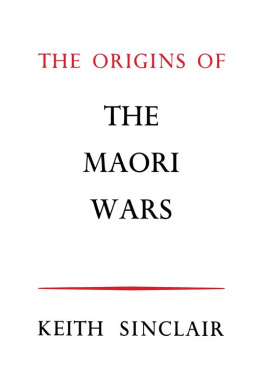Keith Cooper - Origins of the Universe
Here you can read online Keith Cooper - Origins of the Universe full text of the book (entire story) in english for free. Download pdf and epub, get meaning, cover and reviews about this ebook. year: 2020, publisher: Icon Books Ltd, genre: Religion. Description of the work, (preface) as well as reviews are available. Best literature library LitArk.com created for fans of good reading and offers a wide selection of genres:
Romance novel
Science fiction
Adventure
Detective
Science
History
Home and family
Prose
Art
Politics
Computer
Non-fiction
Religion
Business
Children
Humor
Choose a favorite category and find really read worthwhile books. Enjoy immersion in the world of imagination, feel the emotions of the characters or learn something new for yourself, make an fascinating discovery.
- Book:Origins of the Universe
- Author:
- Publisher:Icon Books Ltd
- Genre:
- Year:2020
- Rating:4 / 5
- Favourites:Add to favourites
- Your mark:
- 80
- 1
- 2
- 3
- 4
- 5
Origins of the Universe: summary, description and annotation
We offer to read an annotation, description, summary or preface (depends on what the author of the book "Origins of the Universe" wrote himself). If you haven't found the necessary information about the book — write in the comments, we will try to find it.
Origins of the Universe — read online for free the complete book (whole text) full work
Below is the text of the book, divided by pages. System saving the place of the last page read, allows you to conveniently read the book "Origins of the Universe" online for free, without having to search again every time where you left off. Put a bookmark, and you can go to the page where you finished reading at any time.
Font size:
Interval:
Bookmark:
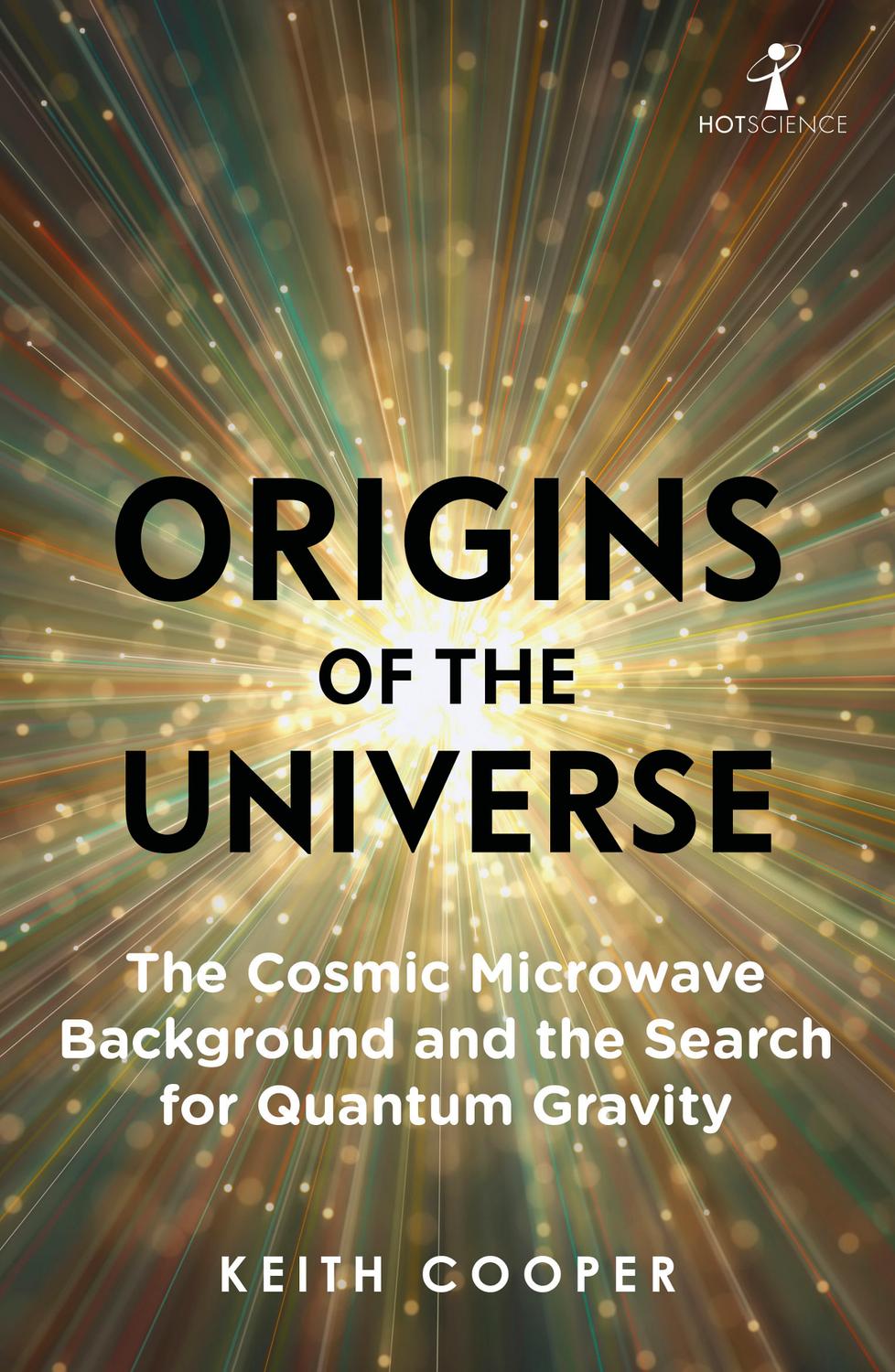
Keith Cooper is a freelance science journalist and editor, and author of The Contact Paradox: Challenging Assumptions in Our Search for Extraterrestrial Intelligence (Bloomsbury Sigma). He is the Editor of Astronomy Now, and has edited the website Astrobiology Magazine.
Kept busy in our hectic days filled with work, family, bills, health and whatever recreation we can slip in between them, its easy to consider cosmology an irrelevance, removed from our everyday lives by 13.8 billion years of time and space. Yet in dismissing cosmology, we are doing ourselves a disservice. The story of the Universe is our story it describes how the cosmos came to be such that it could support galaxies of stars, planets and life, and our own origins are hidden within that story, veiled by the mists of time. Our ability to ask, on the most grandiose scale of all, where did we come from, and where are we going, allows us to touch on some of the most profound concepts that we are ever likely to embrace.
So whatever it is that you are doing, just stop for a moment and think about how you came to be there. Look back beyond your own birth, and the birth of the generations that came before. Look back even further than the birth of our own planet, and the birth of the stars that lived before the Sun ever began to shine. As Carl Sagan once said, To make an apple pie from scratch, you must first invent the Universe.
The origin of the Universe, and the question of its ultimate fate, are perhaps the greatest mysteries of all; and who doesnt like mysteries? Every human society throughout time has attempted to answer those questions through the lens of their own culture, myths and beliefs. Now, in the 21st century, we are tackling those questions through science and the magic of cutting-edge observations coupled with theories crafted by some of the finest minds of our time.
Its often painstaking work. Despite all of our astronomical aptitude, despite all of our cosmological cleverness, we still have much to learn. Some things we know for sure, cornerstones in our framework describing the Universe, but the evidence for other things is scant, or lacking entirely. Even with our largest, most powerful telescopes, we have to push our instruments to their observational limits, and even then, our theories are often inferred, having to make do without vital evidence. Frankly, there are still huge voids in our understanding as we grapple with the concepts of how and why our Universe is the way it is.
And thats okay. It is! Because we are on a journey, and it would be pure arrogance to assume that we should arrive at our destination straight away. To further the analogy some more, we know were heading generally in the right direction, but which route to take to reach it still remains unclear. Many roads will lead to dead ends, but some could take us to bold new horizons. We wont know until we head down them and find out.
This book is about that journey, and our struggle to understand. In the pages that follow you will be transported back to the tiniest fraction of a second after time began, and into the smallest nooks and crannies within the fabric of space. You will encounter observations in which seeing is truly believing, and theories that will challenge what you thought you knew about your existence. Sometimes those theories are not yet quite fully formed, or are in competition with one another, and some will ultimately find themselves on the scrapheap, supplanted by another theory that supports the evidence better. And again, thats okay its how the scientific method works. Consider the story presented here as a work in progress, a snapshot of the science on the route towards answering our greatest questions. After all, as the saying goes, the journey is often just as important as the destination.
We join the story not at the beginning, but about 13.8 billion years later, in the summer of 64, in New Jersey on the East Coast of the United States, where two young astronomers were about to make the discovery of a lifetime
Like a tune that you just cant stop playing in your mind, the anomalous hum of radio static refused to go away.
It was June 1964, and Arno Penzias and Robert Wilson didnt quite know what to make of their persistent radio hiss. Employed by Bell Labs, the pair of radio astronomers were gearing up to use a large, anvil-shaped contraption called the Holmdel Horn Antenna. Their plan was to use it to study the strength of radio waves emanating from distant celestial objects, such as galaxies host to active black holes, or the expanding remnants of exploded stars.
At the time, radio astronomy that is, the observation of the Universe at radio wavelengths was still in its formative years. It was just three decades since Karl Jansky, a previous employee at Bell Labs, had made the first astronomical observations in radio waves, when he detected emissions coming from what we now know to be charged particles moving through powerful magnetic fields around the black hole at the centre of our Milky Way Galaxy. Janskys discovery had opened up an entirely new astronomical frontier, one that Penzias and Wilson were eager to explore.
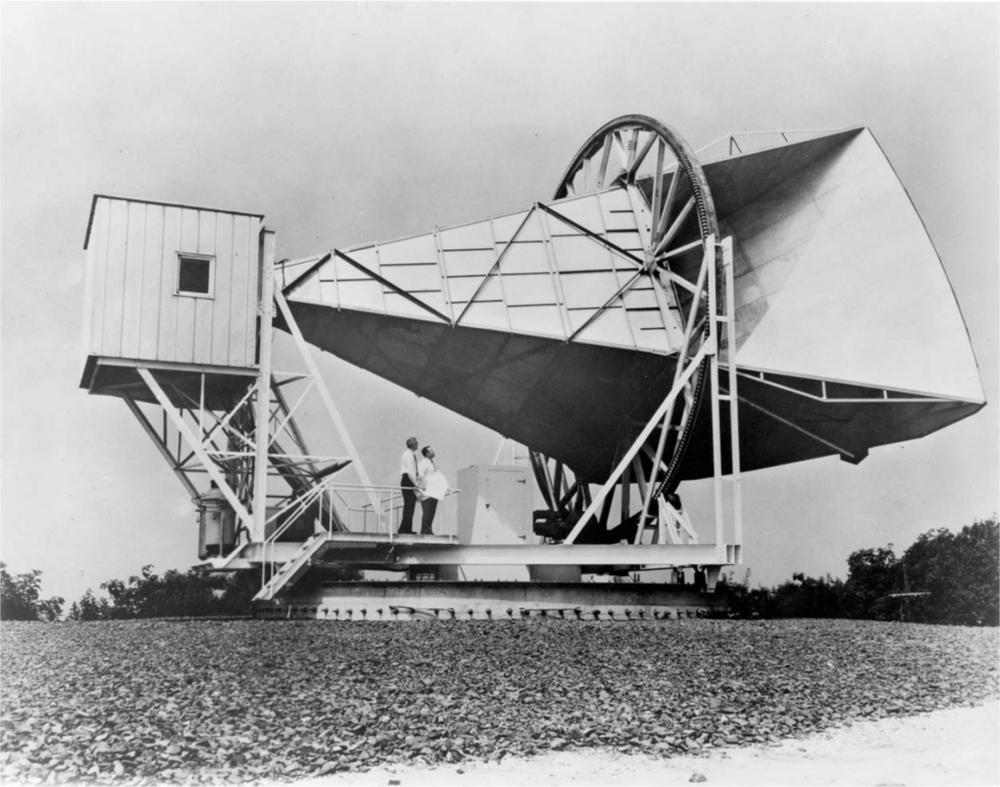
The Holmdel Horn Antenna that Penzias and Wilson used to detect the CMB.
NASA
Both astronomers were still young, Penzias just over 30, and Wilson still in his twenties, having graduated with a PhD in physics from the California Institute of Technology a few years earlier. At Caltech, Wilson had been taught by the brilliant but controversial Yorkshire-born astrophysicist Fred Hoyle, who at the time had been promoting his Steady State theory of an eternal universe, in competition with the theory of the Big Bang. Penzias was already at Bell Labs and had recruited Wilson after getting to know him at various scientific conferences.
The Holmdel Horn had been designed and built a few years earlier by engineers at Bell Labs, with the intent of bouncing signals off the worlds first crude communications satellite, Echo 1, but now Penzias and Wilson were given permission to use it for radio astronomy instead. Although it wasnt the largest radio telescope in the world it had an aperture of 6.1 metres (20 feet), amounting to a total collecting area of 25 square metres, which is minuscule compared to the 4,560 square metres of the 76-metre Lovell Telescope built in 1957 at Jodrell Bank, in the UKs Cheshire countryside it had several things going for it. One was that its horn-shaped design meant that its receivers were well sheltered from any terrestrial radio interference radio waves from space werent going to be drowned out by the Billboard Hot 100. Second was that Penzias and Wilson believed that all sources of noise i.e. radio interference from things like the telescopes electronics were already well known, which would assist them in making their absolute radio brightness measurements. Coupled with specially designed amplifiers, it was arguably the most sensitive radio telescope in the world, pound for pound, when observing celestial sources that filled its field of view.
However, before they could embark on their radio astronomy experiment, the antenna required some upgrades. In particular, Penzias and Wilson added a device known as a cold load, which was nothing more sophisticated than a radio-wave-emitting container filled with liquid helium at a temperature of about 270 degrees Celsius (approximately three degrees above absolute zero, which is designated as 0 kelvin/273.15 degrees Celsius). The cold load, radiating radio waves at a wavelength correlating to its frigid temperature, was critical to what Penzias and Wilson were trying to achieve. In those early days of exploring the radio sky, astronomers were mainly estimating the true radio brightness of objects using a technique called the on/off method. It was quite simple point a radio telescope at a radio-wave-emitting target, log the strength of the radio waves, and then turn the telescope to an apparently empty part of the sky and measure the strength of the radio waves in the background, which in theory should be roughly the same value in any random direction. At which point the background value could be subtracted from the targets radio signal, to leave just the radio waves from the target.
Font size:
Interval:
Bookmark:
Similar books «Origins of the Universe»
Look at similar books to Origins of the Universe. We have selected literature similar in name and meaning in the hope of providing readers with more options to find new, interesting, not yet read works.
Discussion, reviews of the book Origins of the Universe and just readers' own opinions. Leave your comments, write what you think about the work, its meaning or the main characters. Specify what exactly you liked and what you didn't like, and why you think so.

